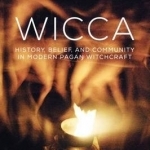
Wicca: History, Belief & Community in Modern Pagan Witchcraft
Book
The past century has born witness to a growing interest in the belief systems of ancient Europe,...
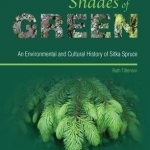
Shades of Green: An Environmental and Cultural History of Sitka Spruce
Book
This book takes a fresh look at the most disliked tree in Britain and Ireland, explaining the...
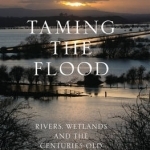
Taming the Flood: Rivers, Wetlands and the Centuries-Old Battle Against Flooding
Book
'Exquisitely written' Sunday Times Beautifully written and magnificently illustrated with...

The Copyright Wars: Three Centuries of Trans-Atlantic Battle
Book
Today's copyright wars can seem unprecedented. Sparked by the digital revolution that has made...

An Ideal Collaboration: The Art of Classical Details II
Book
Featuring essays written by a range of skilled contemporary classicists as well as projects by top...

Canada's Dream Shall be of Them: Canadian Epitaphs of the Great War
Book
There could be no truer witness to the enormity of the First World War, and its terrible cost in...
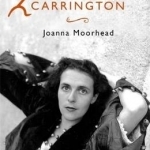
The Surreal Life of Leonora Carrington
Book
In 2006 journalist Joanna Moorhead discovered that her father's cousin, Prim, who had disappeared...
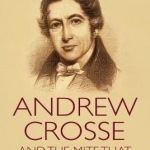
Andrew Crosse and the Mite Who Shocked the World: The Life and Work of an Electrical Pioneer
Book
The fascinating story of one of the early gentleman scientists who helped lay the foundations for...
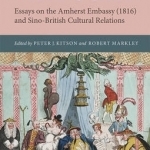
Writing China: Essays on the Amherst Embassy (1816) and Sino-British Cultural Relations
Peter J. Kitson and Robert Markley
Book
On 29 August 1816, Lord Amherst, exhausted after travelling overnight during an embassy to China,...

National Rail Enquiries: Train journey planner
Navigation and Travel
App
Stay on track with the free National Rail Enquiries App, Great Britain’s number one destination...